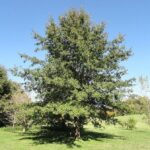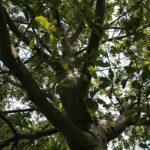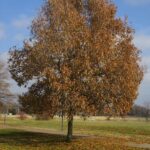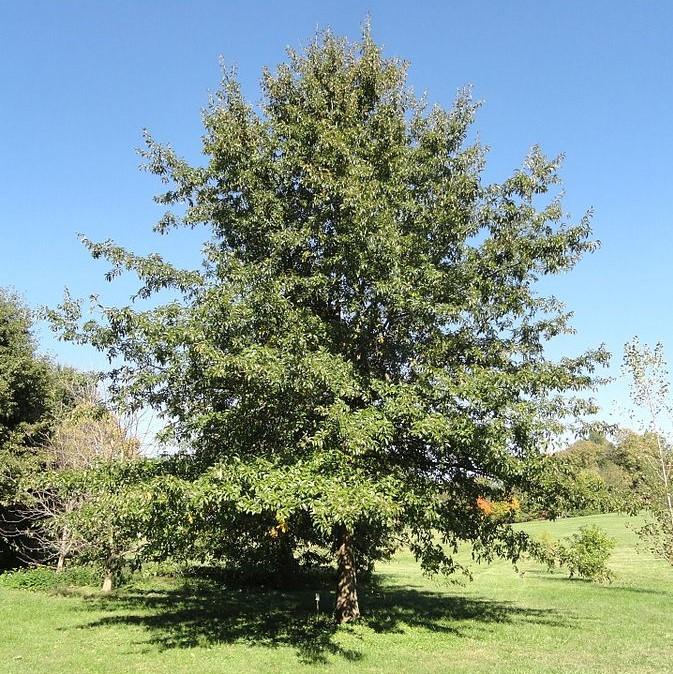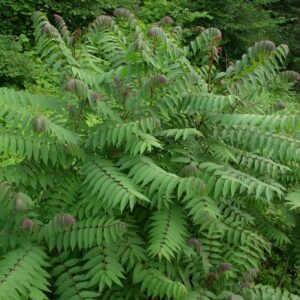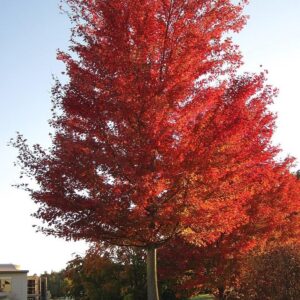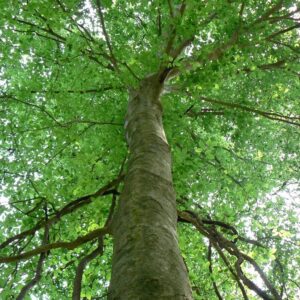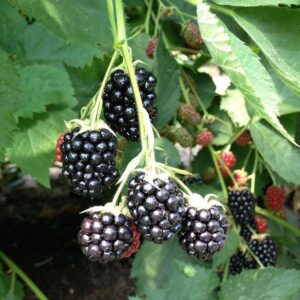Shingle Oak is a large natives semi-evergreen tree with a conical habit that broadens to a rounded crown as it ages. The long narrow glossy green foliage with pale undersides turn attractive yellow-brown or brown-red in fall and may persist through most of winter in the south. The round acorns have thin scaly cups and take two growing seasons to mature. Best grown in full sun and humusy, rich, well-drained acidic soils. Shingle Oak has good pest resistance.
Quercus imbricaria supports a wide variety of moths and butterflies, including: the Imperial Moth, Banded Hairstreak, Edward’s Hairstreak, Gray Hairstreak, White-M Hairstreak, Horace’s Duskywing, and the Juvenal’s Duskywing.
|
Type: |
Tree |
|
Origins: |
Mideast N. America |
|
Height: |
40’ – 60’ |
|
Spread: |
40’ – 60’ |
|
Spacing: |
50’ |
|
USDA Hardiness Zone: |
5 – 8 |
|
Culture: |
Full Sun, Part Sun |
|
Bloom Color: |
Green |
|
Season of Interest: |
Fall |
MAINTENANCE NEEDS: Low Maintenance. Susceptible to a large number of diseases, including oak wilt, chestnut blight, shoestring root rot, anthracnose, oak leaf blister, cankers, leaf spots and powdery mildew. Galls caused by mites and insects are common but unharmful.
LANDSCAPE USES: Accents or Group Plantings, Borders, Woodland Gardens, Naturalized Areas, Wildlife Gardens, Privacy Screen, and Shade Tree.
COMPANION PLANTS: Crape Myrtle, Serviceberry, Magnolia
IMAGES: Photo by David J. Stang, Branches, CC BY-SA 4.0, (2) Krzysztof Ziarnek, Kenraiz, Quercus imbricaria kz01, CC BY-SA 4.0, (3) KentuckyKevin, Shingle Oak in Autumn Color in December, CC BY-SA 4.0
*As plants have ranges in appearance they may not appear as the images shown

